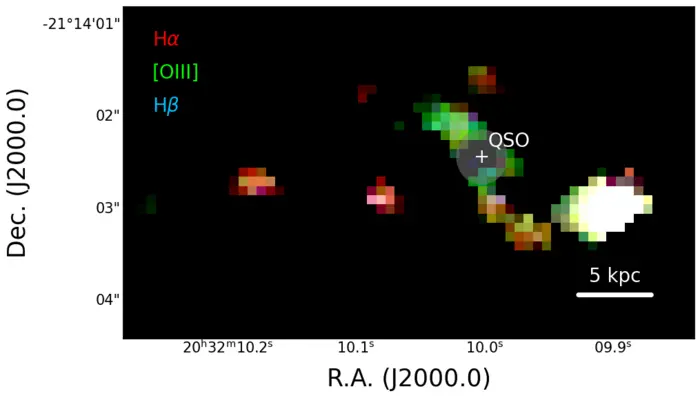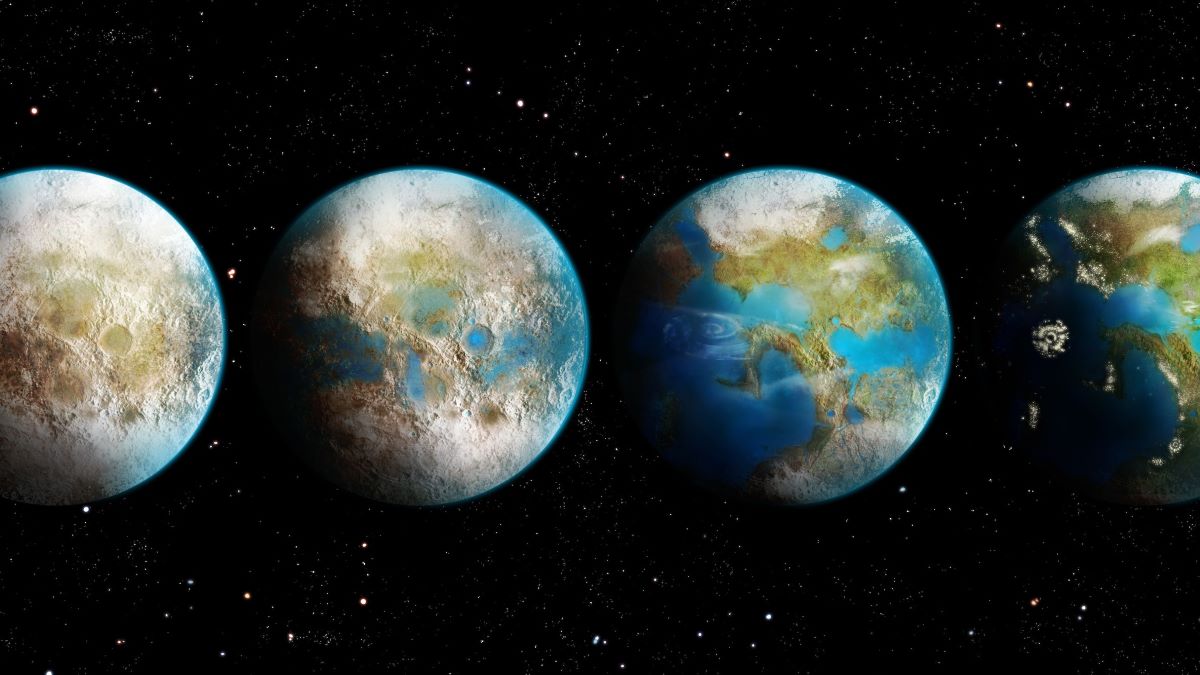Science Blog
Science Blog is a news site that primarily publishes press releases from research organizations around the globe. The site features articles on various scientific topics such as space exploration, biology, health, and environmental science. The content is objective and focused on sharing new discoveries and research findings. The site also includes reader-contributed blogs on a variety of subjects related to science.
99%
The Daily's Verdict
This news site is known for its high journalistic standards. It strives to maintain neutrality and transparency in its reporting, and avoids conflicts of interest. It has a reputation for accuracy and rarely gets contradicted on major discrepancies in its reporting.
Bias
100%
Examples:
- The articles are primarily based on press releases from research organizations, which can lead to a more objective reporting.
Conflicts of Interest
100%
Examples:
- No conflicts of interest found in the articles.
Contradictions
100%
Examples:
- No major contradictions found in the articles.
Deceptions
100%
Examples:
- The article 'It turns out, this fossil plant is really a fossil baby turtle' is straightforward and factual, with no apparent deception.
Recent Articles

New Discovery: Tiny Animals Produce Own Antibiotics Using Stolen Genes from Bacteria
Broke On: Thursday, 18 July 2024
New Discovery: Quasar Merges with Two Galaxies, Revealing Early Galaxy Formation and Black Hole Growth
Broke On: Friday, 05 July 2024
New Study: Unnatural Greenhouse Gases on Exoplanets Could Be Signs of Alien Civilizations Terraforming Worlds
Broke On: Wednesday, 26 June 2024